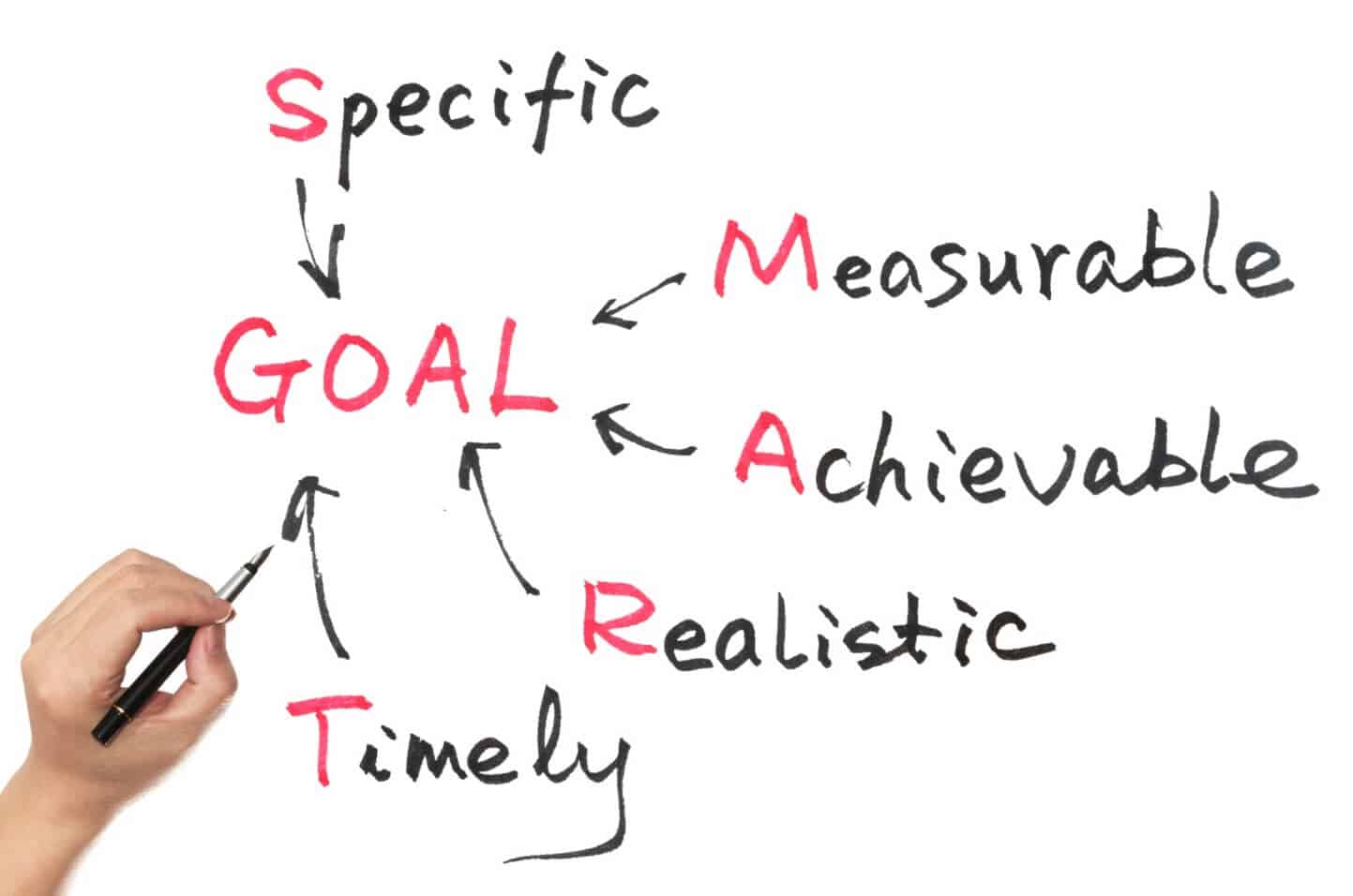A teaching method comprises the principles and methods used by teachers to enable student learning. These strategies are determined partly on subject matter to be taught and partly by the nature of the learner. For a particular teaching method to be appropriate and efficient it has to be in relation with the characteristic of the learner and the type of learning it is supposed to bring about. Suggestions are there to design and selection of teaching methods must take into account not only the nature of the subject matter but also how students learn. In today’s school the trend is that it encourages a lot of creativity. It is a known fact that human advancement comes through reasoning. This reasoning and original thought enhances creativity.
The approaches for teaching can be broadly classified into teacher centered and student centered. In Teacher-Centered Approach to Learning, Teachers are the main authority figure in this model. Students are viewed as “empty vessels” whose primary role is to passively receive information (via lectures and direct instruction) with an end goal of testing and assessment. It is the primary role of teachers to pass knowledge and information onto their students. In this model, teaching and assessment are viewed as two separate entities. Student learning is measured through objectively scored tests and assessments. In Student-Centered Approach to Learning, while teachers are the authority figure in this model, teachers and students play an equally active role in the learning process. The teacher’s primary role is to coach and facilitate student learning and overall comprehension of material. Student learning is measured through both formal and informal forms of assessment, including group projects, student portfolios, and class participation. Teaching and assessments are connected; student learning is continuously measured during teacher instruction. Commonly used teaching methods may include class participation, demonstration, recitation, memorization, or combinations of these.











No comments:
Post a Comment